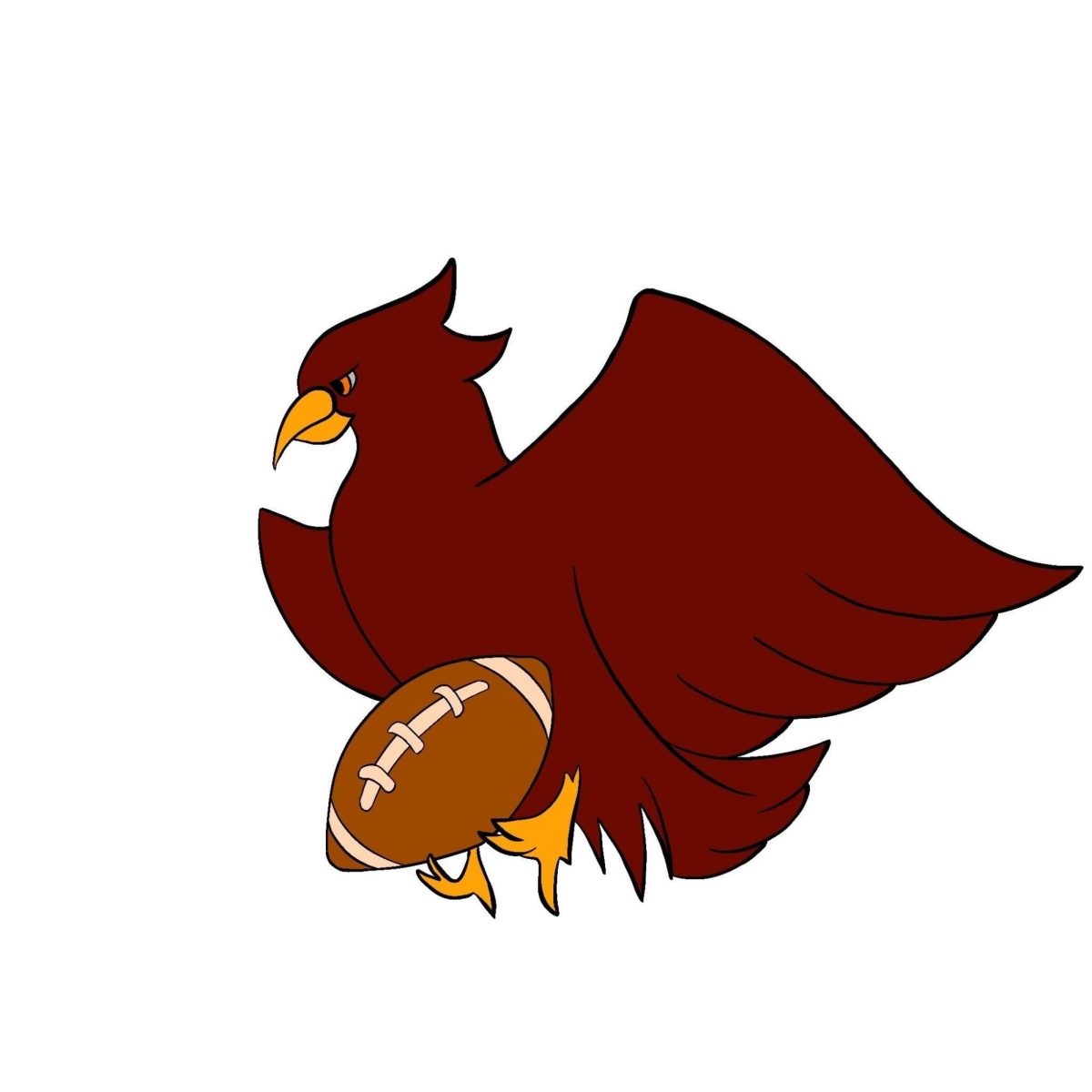With 14 games played, 32 goals scored, six conceded, and only one loss, the women’s soccer team has emphatically shown that last season’s national championship appearance was no fluke and that the gauntlet lies squarely at the feet of anyone with the audacity to block their path to glory.
Put simply, the Maroons are packed with outrageous talent. I have not yet seen another UAA team endowed with the natural ability of offensive quartet Christine Farmer, Renee Neuner, Jacqui DeLeon and Misa Bretschneider.
The latter two, who are the wingers, bring so much penetration to the side that chances always fall the forwards’ way. Bretschneider in particular spends most of the match making opposing full backs look like cones in a training drill, while DeLeon prefers to torment opponents by delivering defence-splitting through-balls that Chicago’s strikers gleefully tuck away.
The jewel in the crown, however, is Neuner—the Maroons’ answer to Manchester United’s Ruud Van-Nistelrooij. I had the pleasure of witnessing her first-half master class of UW-LaCrosse on September 25, a match where her full repertoire of skills was on display. While she is a handful facing the play, the position where she really excels is with her back to the goal. Strong enough to keep any opponent at bay as she awaits the incoming pass, Neuner knows how to lay the ball off, flick the ball on, hold the ball up, and turn and run at hapless defenders. More importantly—and this is what makes her a coach’s dream—she instinctively knows which option to take. Add this to lethal finishing, be it with the left foot, right foot, or head, and it is not difficult to see why she was NCAA Division III Player of the Year last season.
The Maroons back up their offensive flair with defensive resilience. There isn’t a player on the team that would think twice about charging into a 50-50, much to the home crowd’s liking. Every loose ball is contested with often intimidating levels of aggression. Still, the Maroons don’t let their zeal push them into reckless hacking (with the exception of the October 23 mud bath at home to Concordia, which generated some kung-fu tackles in the middle of the park). Even better, they don’t ease their intensity when they find themselves cruising at three-nil. Everyone remains hungry and focused on the task at hand, and the statistics reflect this defensive miserliness.
Another player who deserves to be singled out for individual praise is central defender Diana Connett, who spreads an air of calm across the Maroons’ backline. Composed on the ball and strong in the air, she has outstanding positional sense. Chicago’s Miss Reliable consistently turns up at the right place at the right time because she reads the game so well, and she can consider herself a crucial component of an accomplished defensive unit.
If you win most games two-nil, and you lose once in a blue moon, it’s hard to find deficiencies in your play. The Maroons do, however, play within their means. When I watch them play—impressed as I am to see them win with minimum fuss—I know that their comfortable victories could quite easily turn into total routs with a little tweaking.
Ironically, the Maroons’ main weakness stems from their biggest strength: Offensively, they tend to over-rely on their most talented individuals. When in possession, anyone seated at the field’s centre can see the Maroons’ back four playing flat across the half-way line, with the central midfielders usually no more than ten yards further forward. This is the main reason why the Maroons concede so few goals: Once their offensive players lose possession, the aforementioned defensive six-some is ideally placed to quickly regain it.
It is, however, also the principal reason for their failure to transform their manifest technical superiority into a hatful of goals. Whenever the ball gets to one of the wingers, support is usually only available from the forward who happens to be closest. Thus, whoever ends up putting the ball into the box from the wide position will find the other forward as the only target. If the full backs and central midfielders were allowed to be a little more adventurous, both strikers would be freed to take their favoured positions in the box, and the goals would really rain down.
This tactic is not without risk, however, since it does leave the defence more exposed. But as long as the backline shifts as a unit when one full back attacks, and the two central midfielders alternate their offensive forays, the goals conceded column will remain as bare as it has done all season. The Maroons, it seems, are aware of this, as in their last match at home to Concordia, the central midfielders clearly made a lot of effort to get forward when they could.
Let us not, however, confuse my desire to see the University of Chicago humiliate its opponents with any sort of major criticism. The Maroons are an exceptional team and they deserve a lot of credit for covering our University with glory after last season’s sensational run. Let’s hope that this year sees them improve in the only remaining way, and who would begrudge them such an honour after seeing the way they play?







